Drying Bamboo Poles
Drying bamboo poles requires more time than wood of similar density. This because bamboo possess hygroscopic materials (compound that easily absorbs moisture) that may contain 50-60% moisture content, depending on the felling season, area of growth and species.
When bamboo dries it contracts and shrinks. This shrinkage starts from the moment the bamboo is cut, and can reduce the diameter of the bamboo poles with 10% to 16%, and its wall thickness with 15% to 17%.
Green bamboo poles should not be used in construction. Since green bamboos are subject to shrinkage, joints and terminals may loosen after just a few weeks. Green bamboo is also more attractive to insects and microorganisms, than dry bamboo.
How to Dry Bamboo Poles?
The most common way to dry bamboo for commercial purposes is "air drying". Once the bamboo poles are harvested and chemically treated, all poles should be stacked and stored under cover.
Important factors when drying bamboo:
It is most important to keep the culms away from direct soil contact to prevent fungal or insects-attacks and to avoid the humidity of the soil affecting the drying process.
It is recommended that only mature bamboo culms (over 3 years) are used to avoid collapsing of the bamboo poles, due to excessive and non-uniform shrink-age of the culm.
Remove infected culms from the storage area.
Avoid rapid changes in moisture content, for example by drying round bamboo in direct sunlight for a prolonged time. This can cause cracks in the bamboo poles. Split bamboos do not pose any problems and can be dried in the open sun.
Provide good ventilation (air circulation).
Vertical stacking gives faster drying and less chances of fungal attack. However, a good support system should be in place to avoid the poles from bending.
Horizontal stacking is generally preferred for large stacks. Stacking should be done on raised platforms, or placed on a thick plastic sheet to avoid soil contact. Use separators between each row of bamboo for better air circulation. The culms at the bottom of the stack may crack or bend due to the weight of a stack, therefore don't pile up the bamboo poles too high.
For uniform drying, the bamboo poles should be rotated in the longitudinal direction every 15 days.
Air drying round bamboo takes about 6-12 weeks. Drying time depends on:
Initial moisture content
Bamboo wall thickness
Environmental humidity
Quantity of solar radiation
The absence or presence of rain
Speed of the surrounding air
Other Methods to Dry and Store Bamboo
* Post-harvesting transpiration is a technique used by peasants or indigenous communities. The procedure takes place on the bamboo plantation, and does not only dry the bamboo stems, it is also a traditional way to preserve bamboo from insect infestation.
The freshly cut bamboo stems are placed on a stone (to avoid soil contact). The stem is placed upright, leaning against another bamboo tree with branches and leaves attached for about 3-4 weeks. This way, bamboo stems lose their humidity progressively true natural ventilation and transpiration true the leaves.
For more information about post-harvesting transpiration see: How to Harvest Bamboo.
* Storing bamboo in water is useful when bamboo needs to maintain its pliability or when it needs to be processed in its "green" condition. Storage in water causes leaching of starch (sugars) and is also used as a traditional bamboo preservation technique.
* Kiln oven drying is at the present level of drying technology not recommended for round bamboos. Even under mild drying conditions, higher temperatures can enhance the incidence of cracking and collapse. Split bamboos, however, can easily be kiln oven dried.



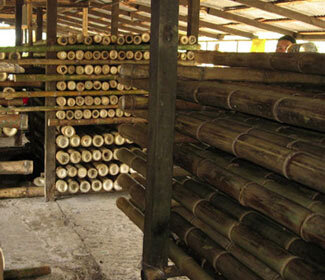
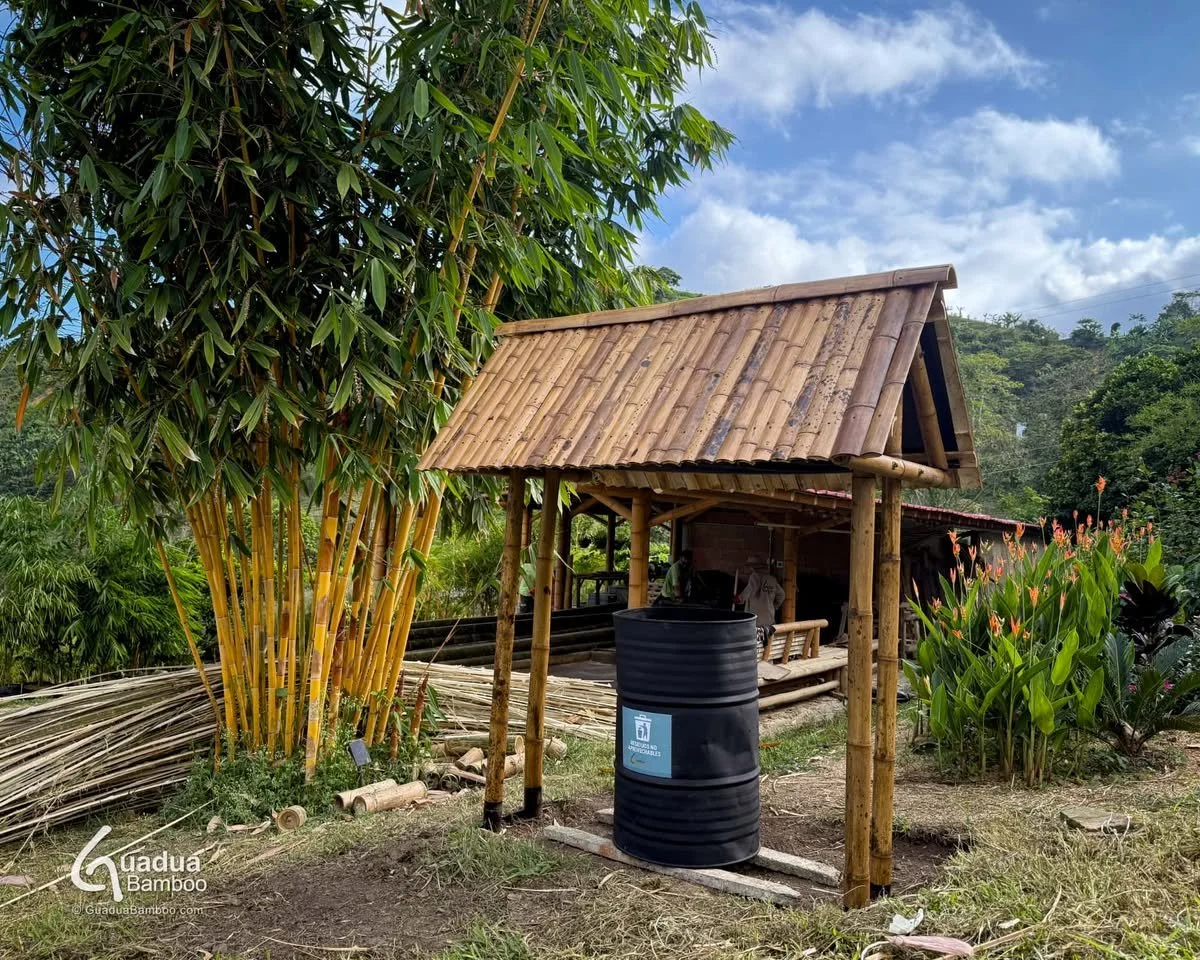
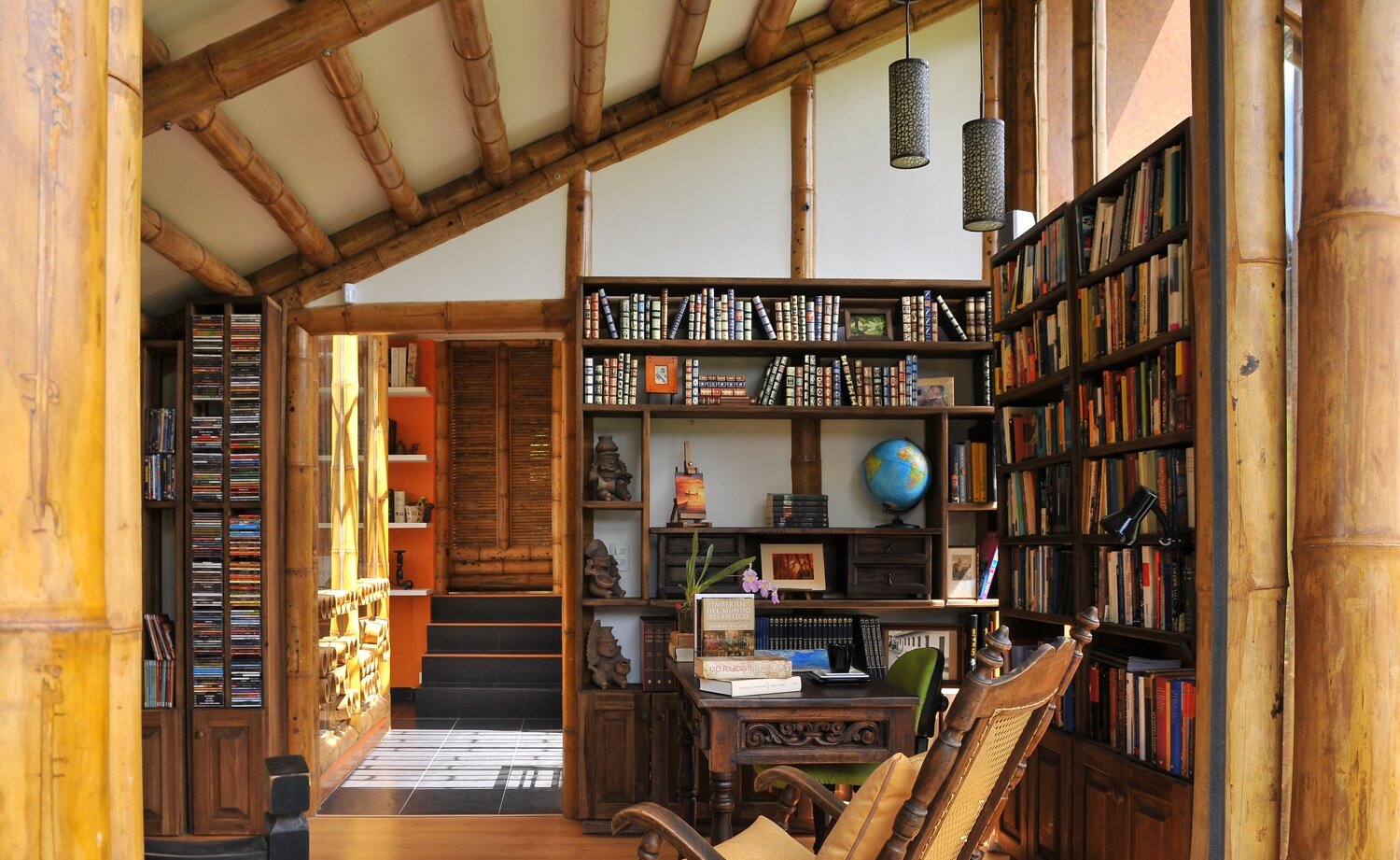
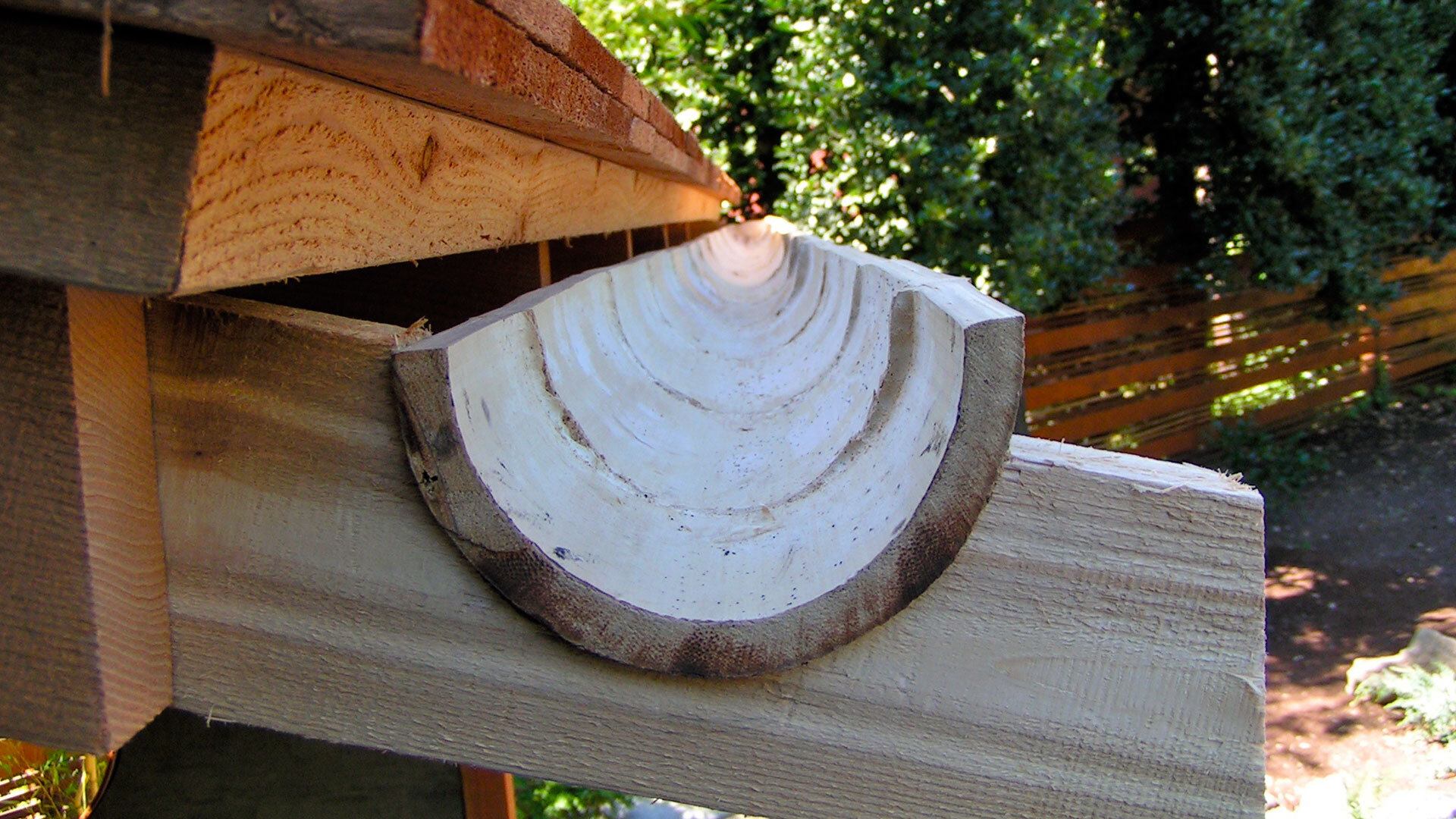

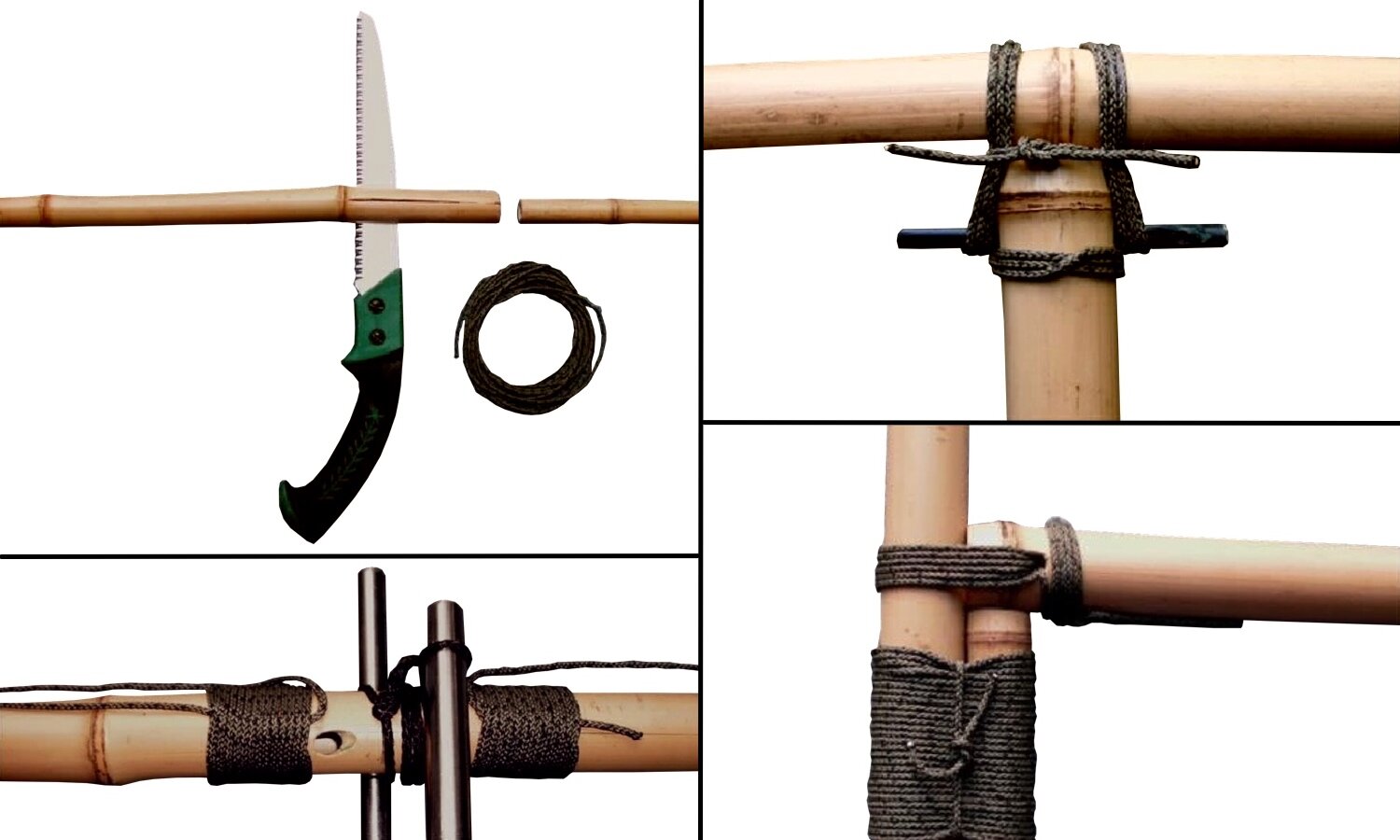
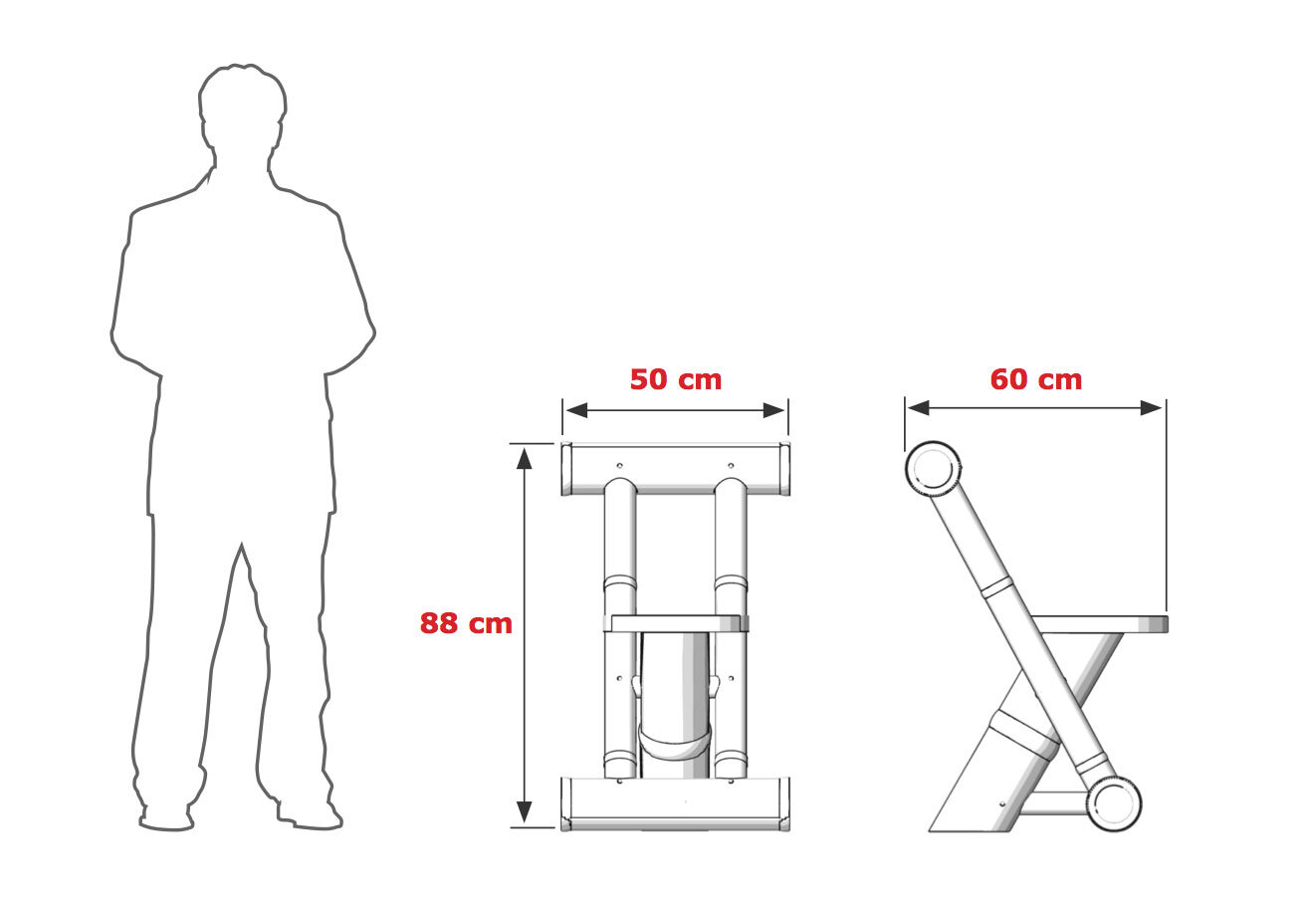
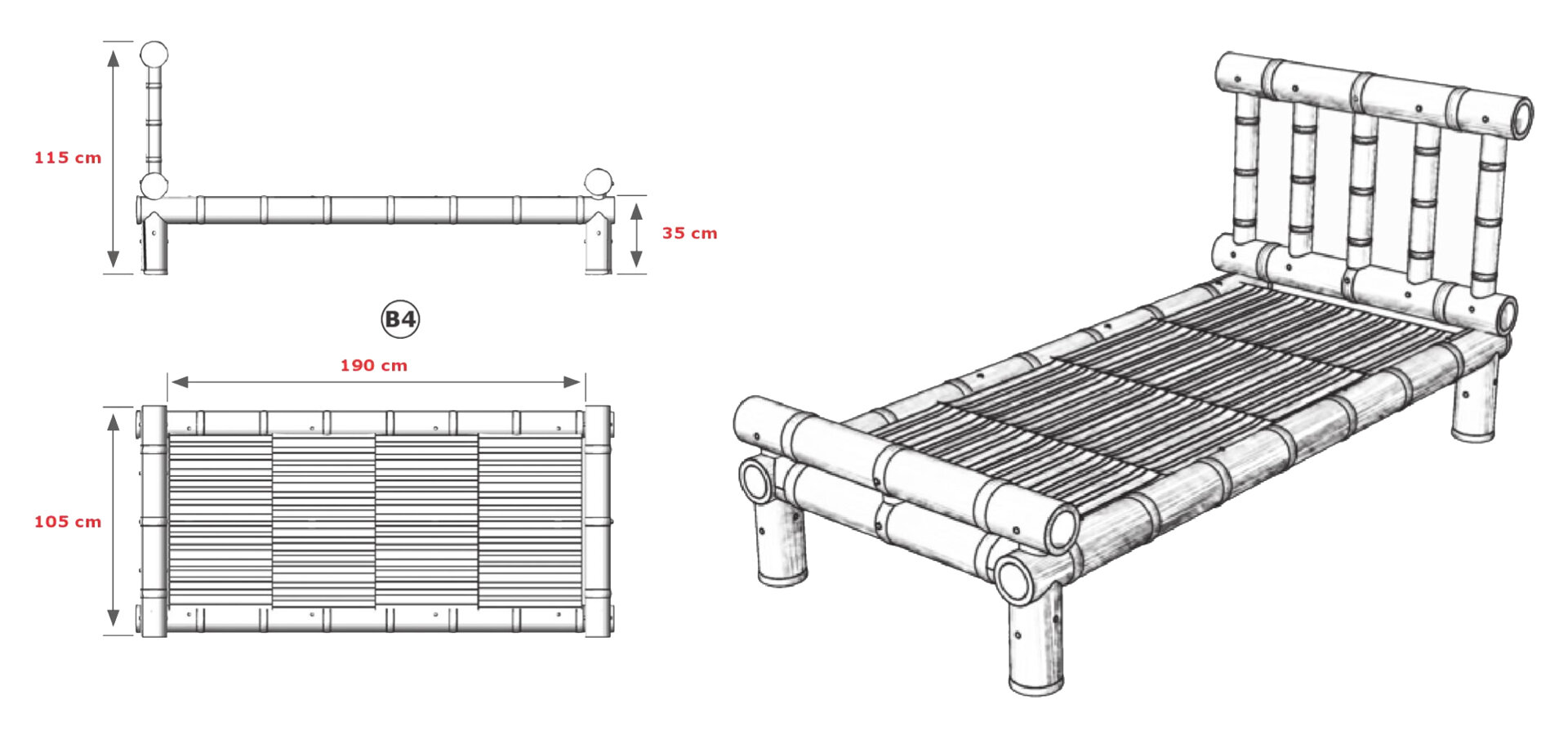
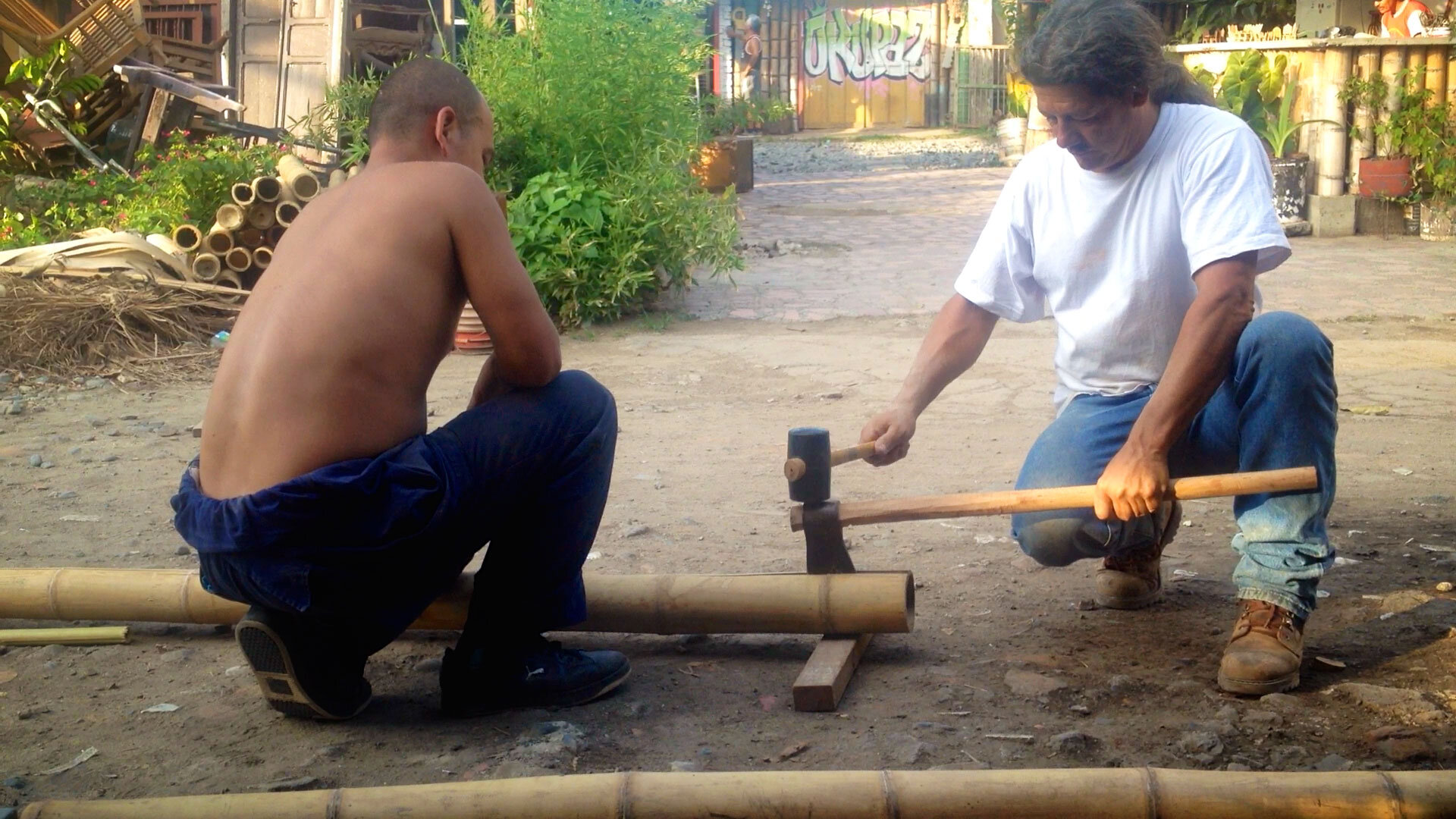
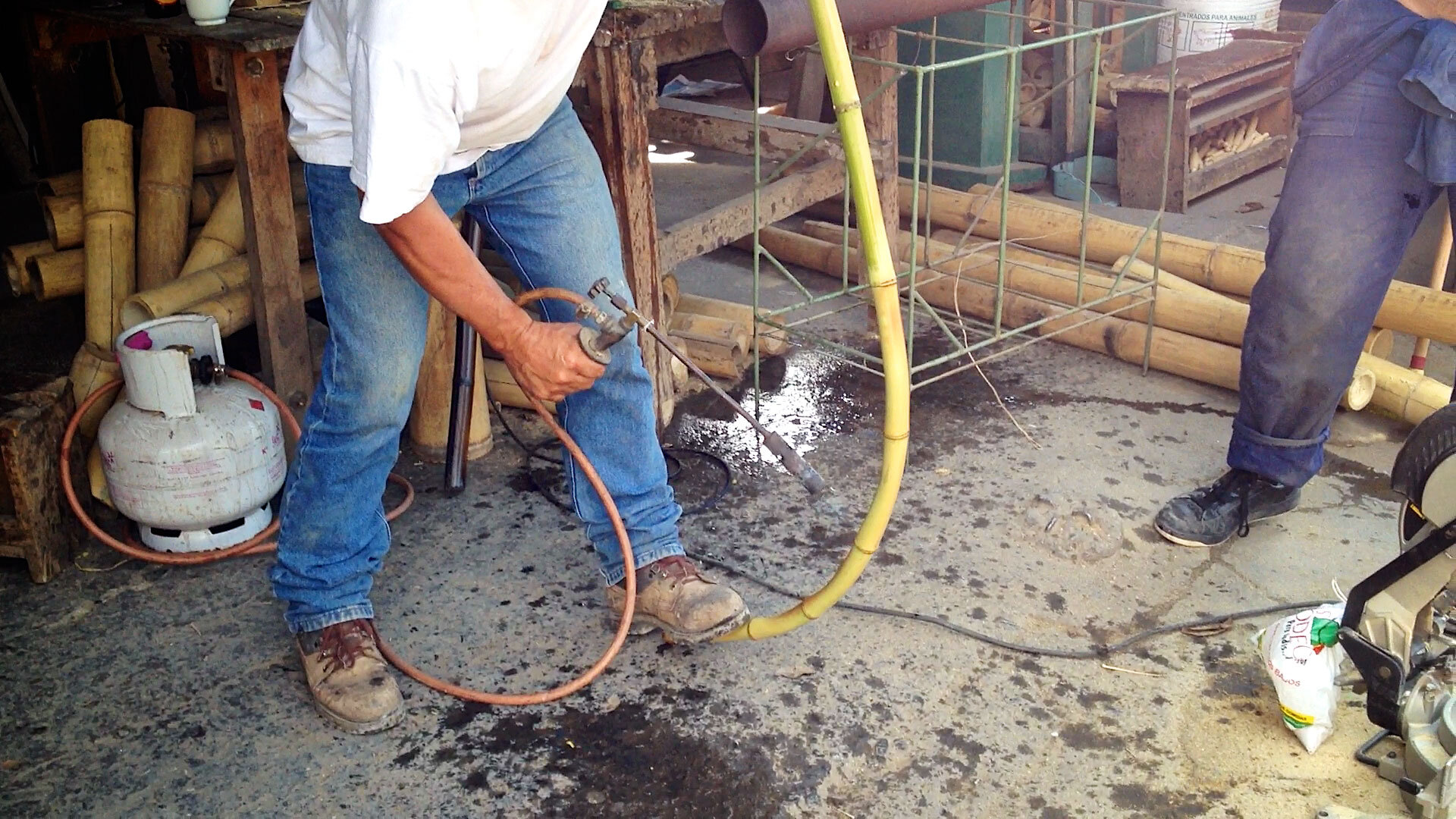

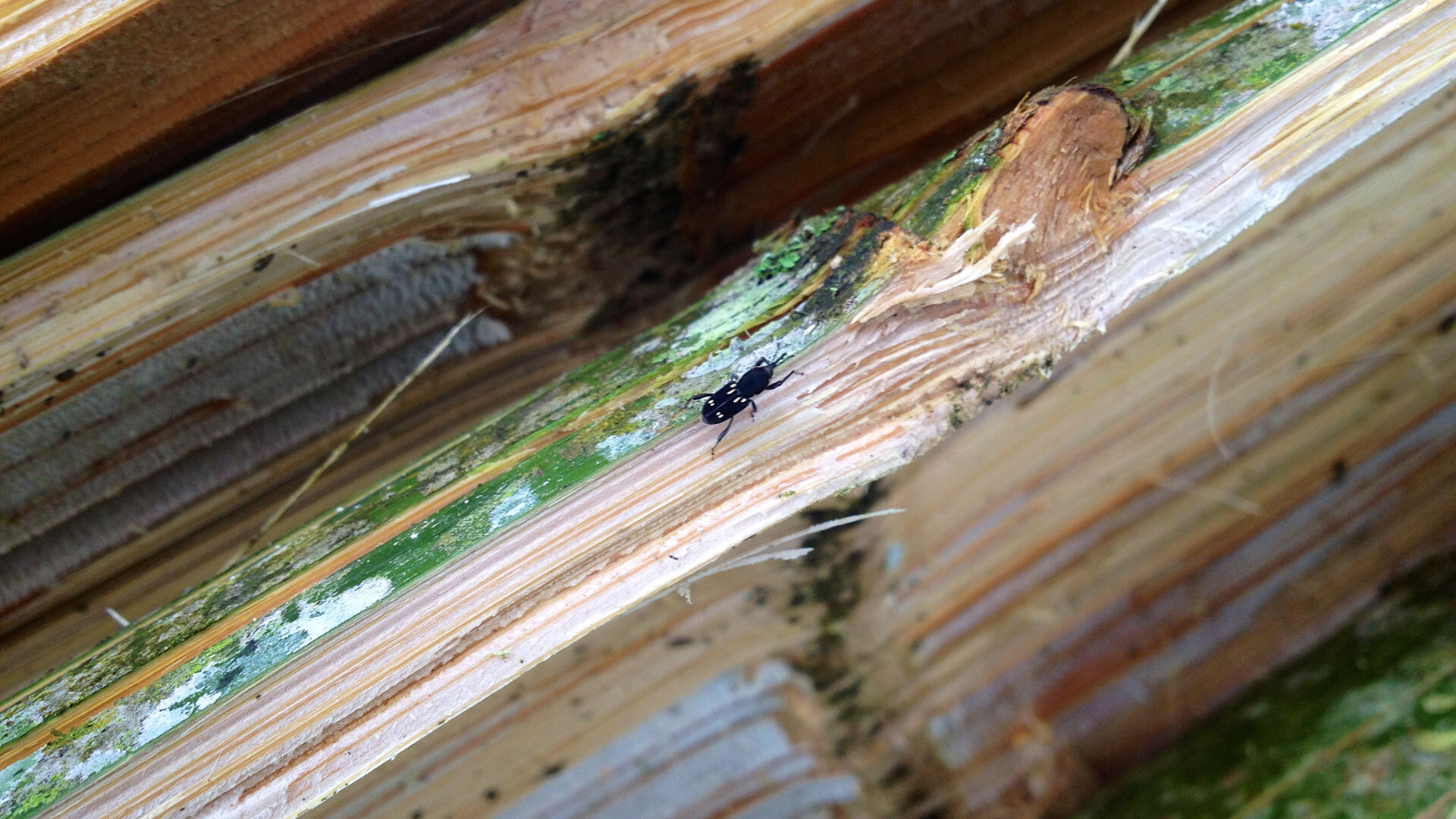

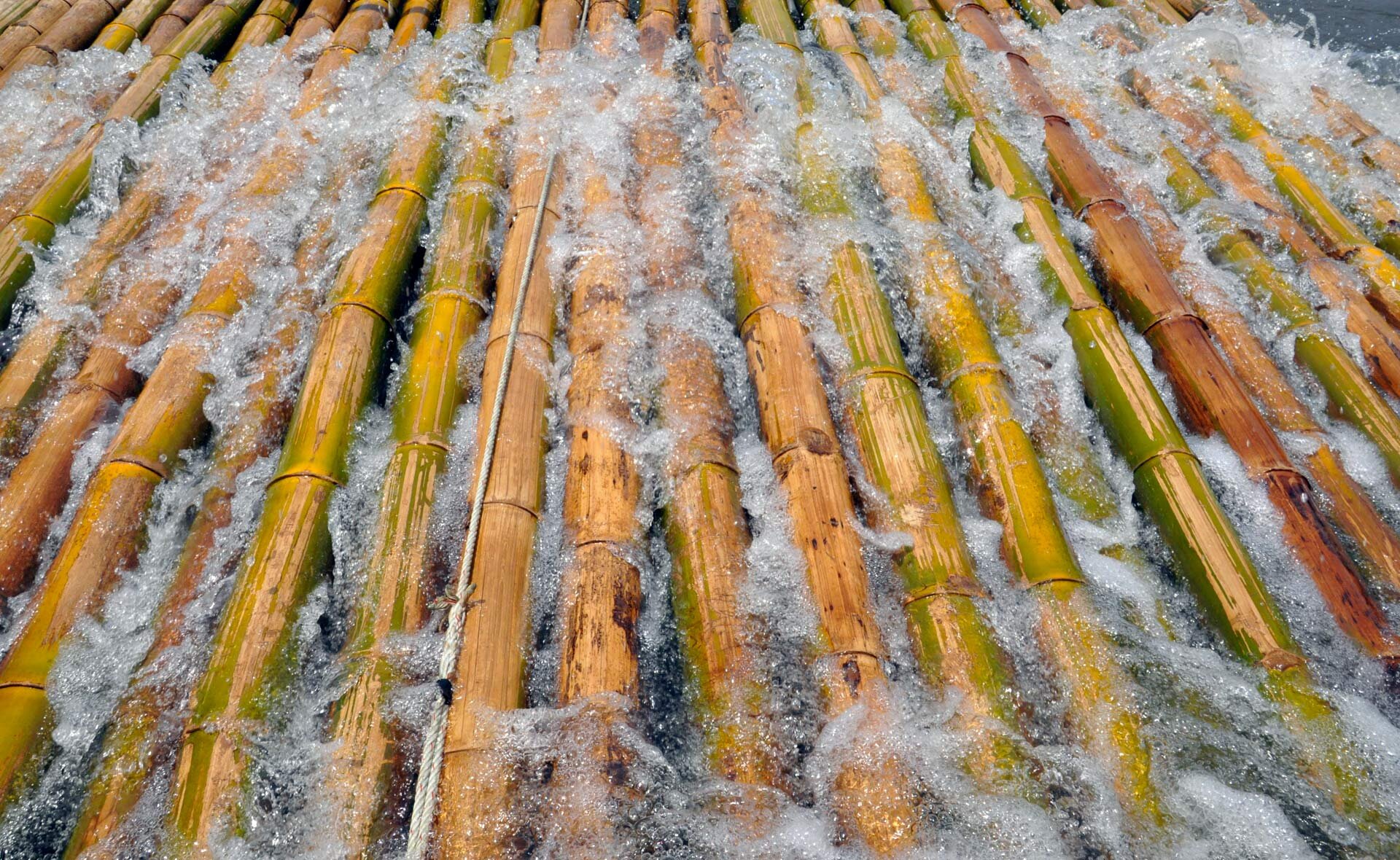
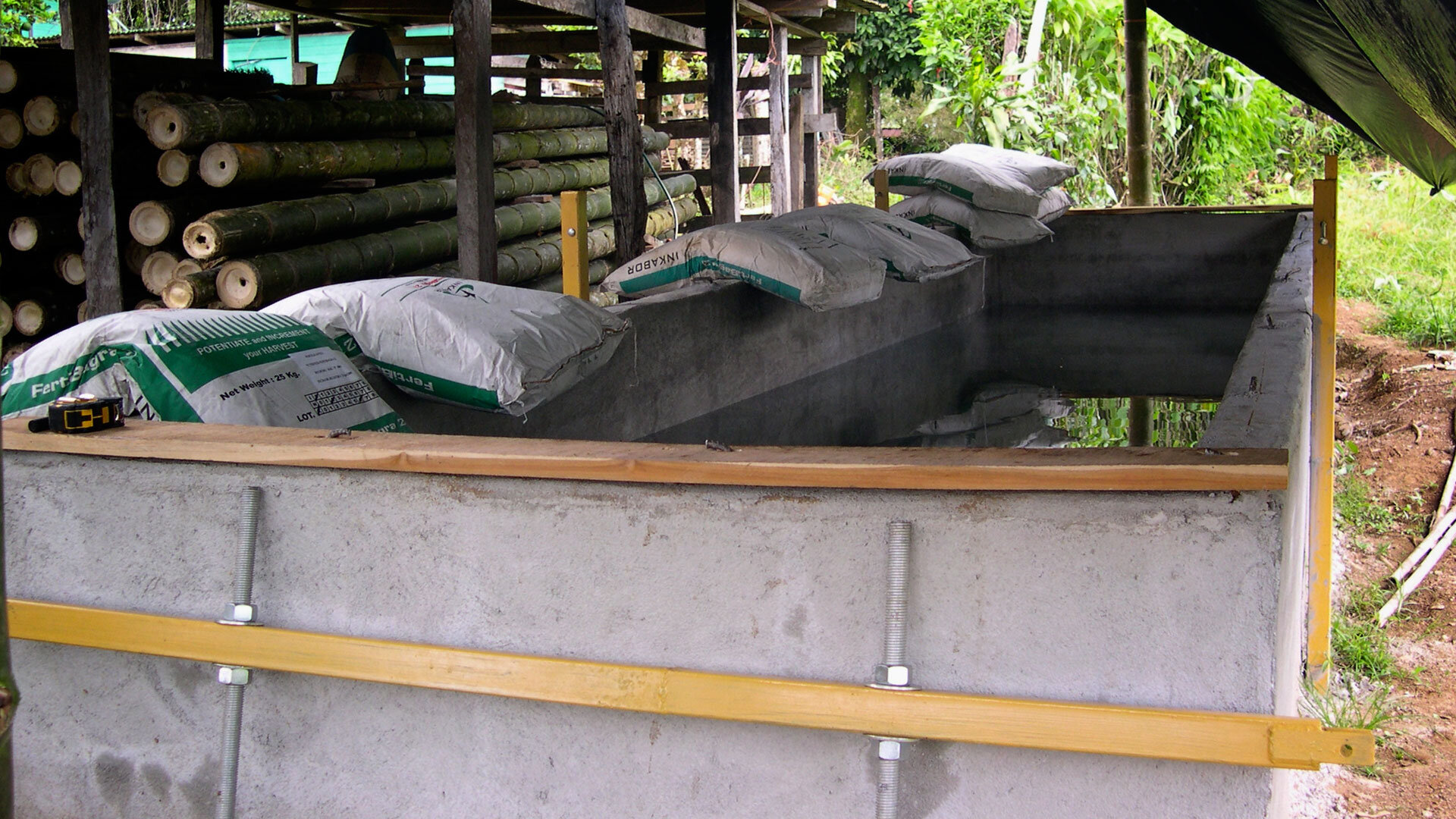


I intend to use bamboo as a 7 ft pole to hold a banner at the top. I will be holding it while riding a horse. How do I ensure that I get it dried straight and sturdy enough to hold approximately 10 pounds at the top of the pole?